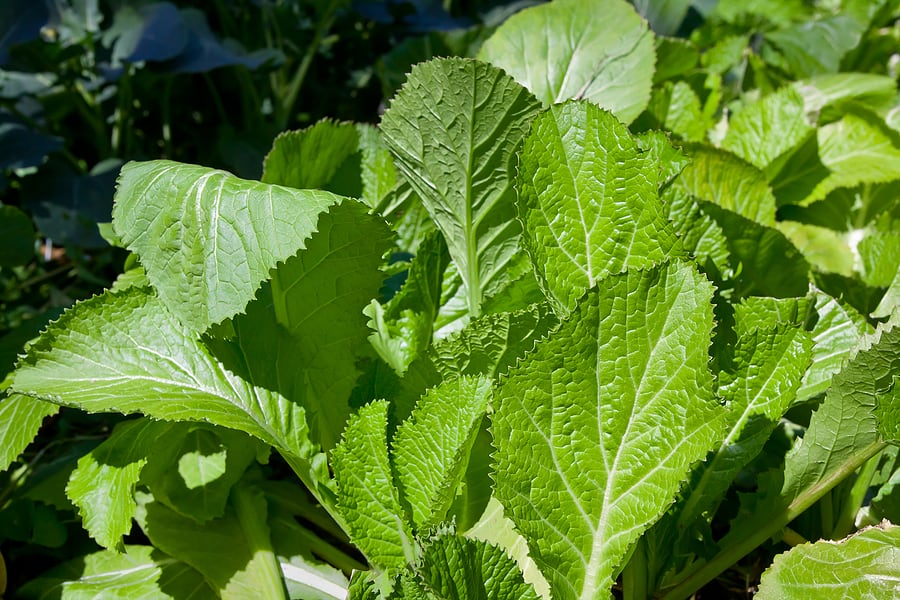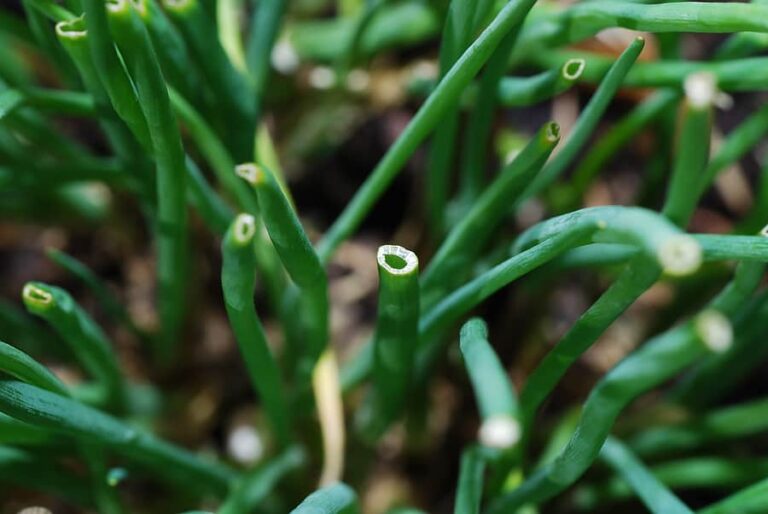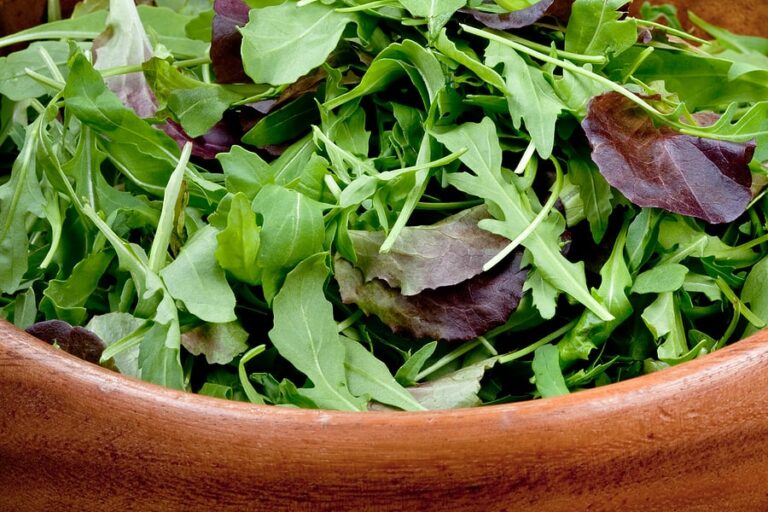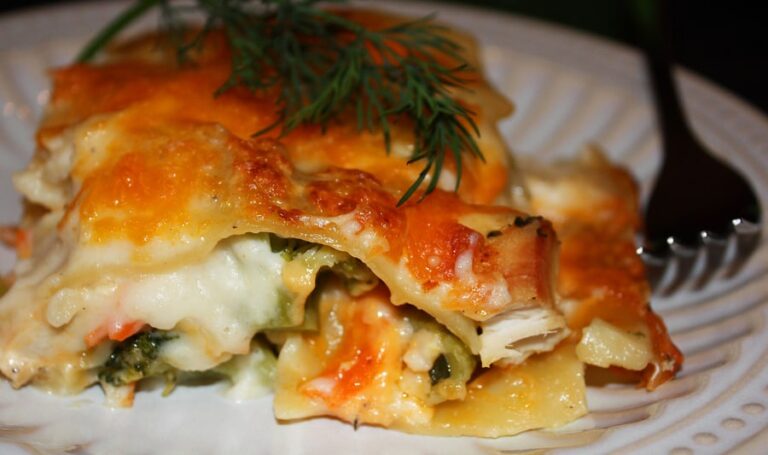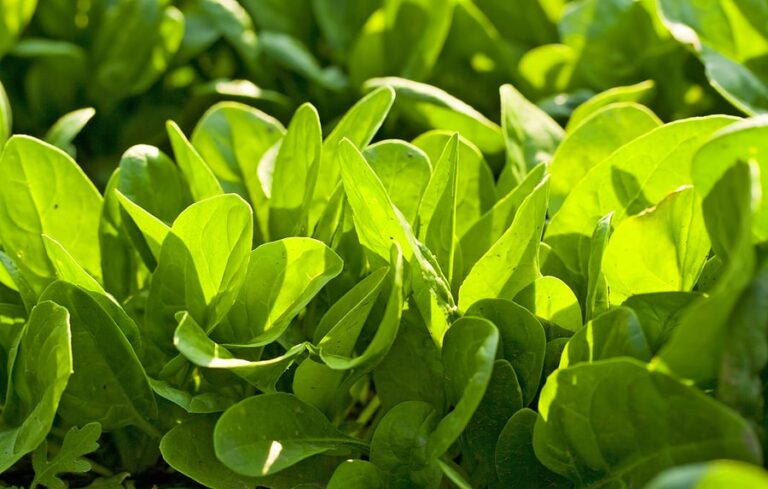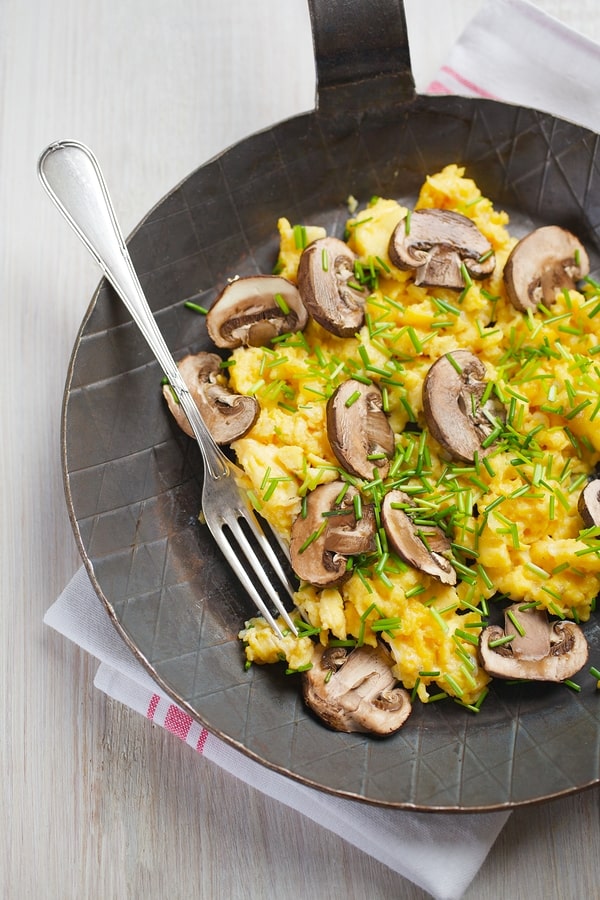Delicious Ways to Cook and Serve Mustard Greens
Mustard greens, with their distinct peppery flavor and hearty texture, can be enjoyed in a variety of delicious and creative ways. They have long been a favorite American soul food and are used often in Indian cookery.
Short cooking is the best way to preserve the flavor and texture of mustard greens. Overcooking will cause greens to become soft and mushy.
A classic Southern preparation involves slow-cooking them with smoked meats like ham hocks, bacon, or smoked turkey, creating a rich, savory dish infused with deep, smoky undertones. For a lighter twist, mustard greens can be sautéed with garlic, onions, and a splash of apple cider vinegar, adding brightness and balancing their natural bite. Pairing them with ingredients like chili flakes, lemon juice, or a dash of hot sauce can add heat and tang, enhancing their bold flavor.
Mustard greens also make an excellent addition to soups and stews, imparting a robust, leafy element to broths and hearty dishes. For a modern take, try incorporating them into stir-fries or tossing them with pasta, where their sharpness pairs well with ingredients like olive oil, Parmesan cheese, and sun-dried tomatoes. Whether served as a comforting side dish, a star ingredient in a salad, or blended into a warm, spiced soup, mustard greens bring a distinctive and nutritious touch to any meal.
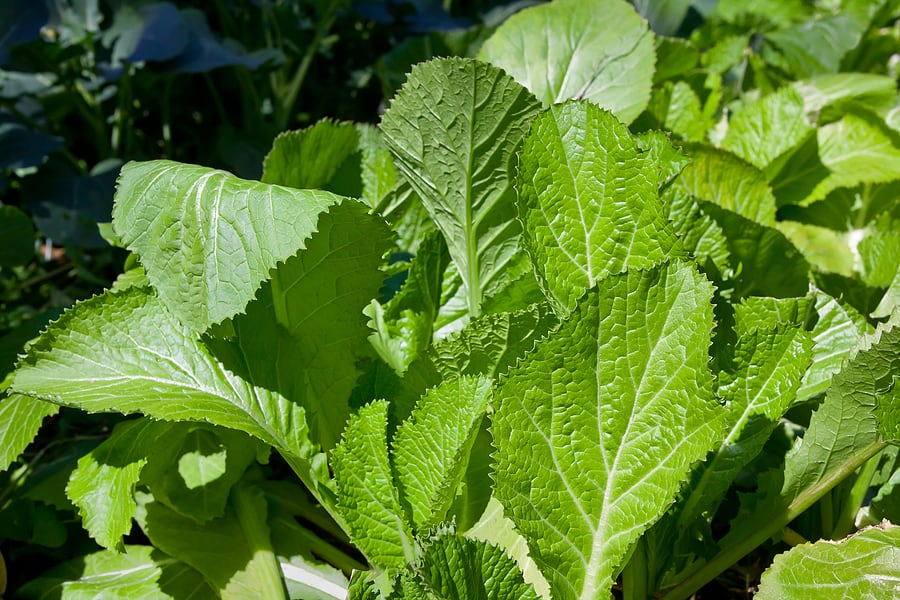
Serving mustard greens
Mustard greens can be eaten raw or cooked–steamed, sautéed, or simmered. Prepare mustard greens like you would spinach, but expect a stronger flavor.
The strongest tasting of the so-called bitter greens—mustard has a sharp, biting peppery taste that can sting like a strong radish. Even cooked mustard greens will have a “bite”.
Both the leaves and stalks of mustard greens can be eaten. But both will become tough and more pungent tasting as the weather warms. The best mustard leaves for eating raw or for cooking are harvested young and tender.
Mustard greens are in peak season from mid-winter through mid-spring.
Types of mustard greens
- There are Western and oriental or Asian mustard greens.
- Western mustards include curly-leaf or common mustard which has frilled oval leaves and mustard spinach which has large smooth dark green leaves that resemble spinach.
- Asian mustards include mizuna, a Japanese green with bright green fernlike leaves, mibuna with narrow, strap-like leaves, and komatsuna with spinach-shaped leaves.
How to choose mustard greens
- Select fresh mustard greens that are plump and crisp and have a rich green color.
- Avoid greens that are yellow, thick or fibrous, pitted or flabby.
- The best mustard greens are harvested young and tender.
How to store mustard greens
- Mustard greens can be kept in a tightly sealed plastic bag in the vegetable crisper of the refrigerator for up to a week.
- Store them unwashed until you are ready to use them.
- Mustard greens can be frozen like spinach.
How to prep mustard greens
- Wash greens just before using. Rinse the greens in a large bowl of lukewarm water in order to dislodge sand and dirt. Then cut off and discard the stems. You can remove the stems by folding the leaves in half and ripping out the stems.
- Don’t dry the greens before cooking. The residual water will help them wilt as they cook.
- Allow about ½ pound per person. Greens will cook down to ¼ to ⅛ their original volume.
Mustard greens serving suggestions
- Consider mustard greens an add-on to a green salad or mesclun.
- Use young, tender mustard leaves alone in a salad or mixed with other greens.
- Mustard greens dress well with a little olive oil and vinegar.
- Serve mustard greens alone or mixed with other greens or root vegetables.
- Top with potlikker, vinegar or vinaigrette dressing, onion, hard-boiled egg, stewed tomatoes, blanched almonds, toasted bread crumbs, bacon or ham, or combinations of these.
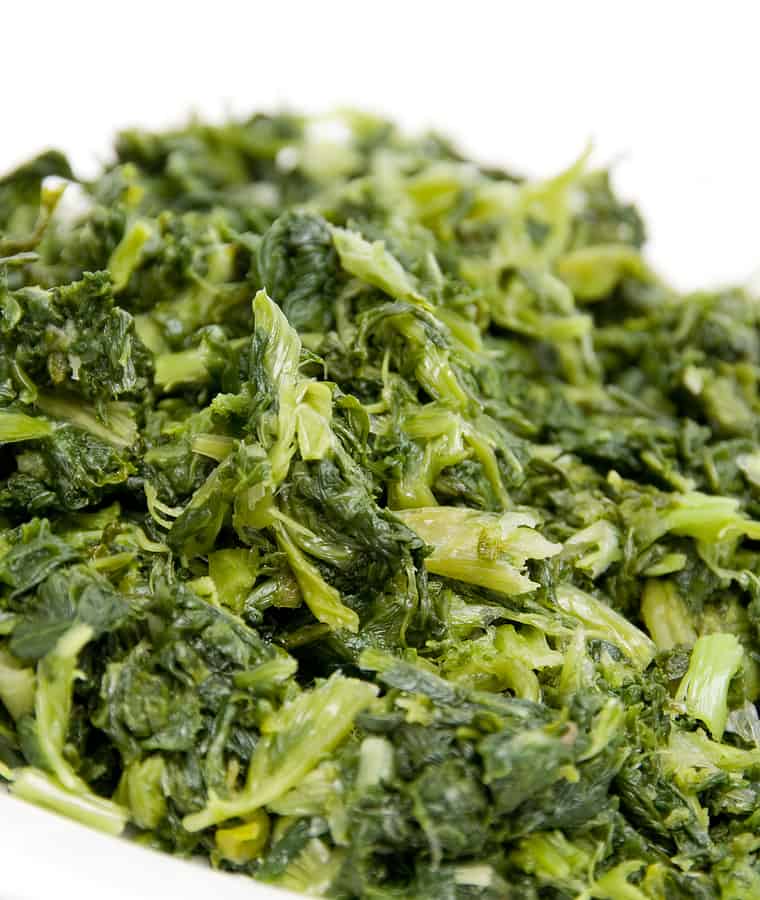
Mustard greens cooking suggestions
- Cooked combine mustard greens with mashed potatoes or puréed legumes.
- You can cook mustard greens in just the water that clings to them after washing. Mustard greens are mostly water so they will shrink when they are cooked. Two large bunches will serve as a side dish for four people.
- Avoid cooking mustard greens in aluminum or iron pots as they will turn black on contact with these metals.
Mustard greens and bacon
For a tasty match of mustard greens and bacon that you can serve next to mashed potatoes:
- Cook 4 slices of diced bacon until brown.
- Drain off all but 2 tablespoons of the drippings; stir in 4 cups of chopped mustard greens and 2 tablespoons of beef broth.
- Cover and cook over medium heat, stirring occasionally, for about 10 minutes.
- If you like, stir in 2 tablespoons of shredded sharp Cheddar cheese and heat until melted.
Serves 4
How to simmer mustard greens
- Cook mustard greens in a saucepan or a skillet with just the water that clings to the leaves after washing.
- Add a sprinkling of salt and place the pan over low heat.
- Cover the pan so that the greens steam in their own liquid.
- Shake the pan occasionally to prevent the greens from sticking to the bottom. Mustard greens will cook in 4 to 6 minutes wilting down to about an eighth of its volume.
- Drain and press out the remaining liquid.
- Chop and serve with lots of butter.
How to steam mustard greens
- Wash the greens and arrange them so that all the stems are going in the same direction.
- Place a steam basket in a pot with an inch or two of water; the basket should not touch the water.
- Bring the water to a boil and set the greens in the basket.
- Steam the greens for 2 to 4 minutes.
- Serve with melted butter and lemon wedges.
How to butter-steam mustard greens
Place mustard greens in a saucepan or a skillet with just the water that clings to the leaves after rinsing, over low heat. Cover and steam until wilted shaking occasionally to prevent the greens from sticking to the bottom (4 to 6 minutes). Drain and press out the remaining liquid. Steaming may not allow mustard greens to release as much of their bitter taste that boiling does.
Use leaves whole or coarsely chopped. Butter-steam lightly packed leaves, using 1 to 2 tablespoons of butter or margarine. Cook and stir for 30 seconds, then cover and cook until leaves are wilted (2 to 3 more minutes for 5 cups of greens).
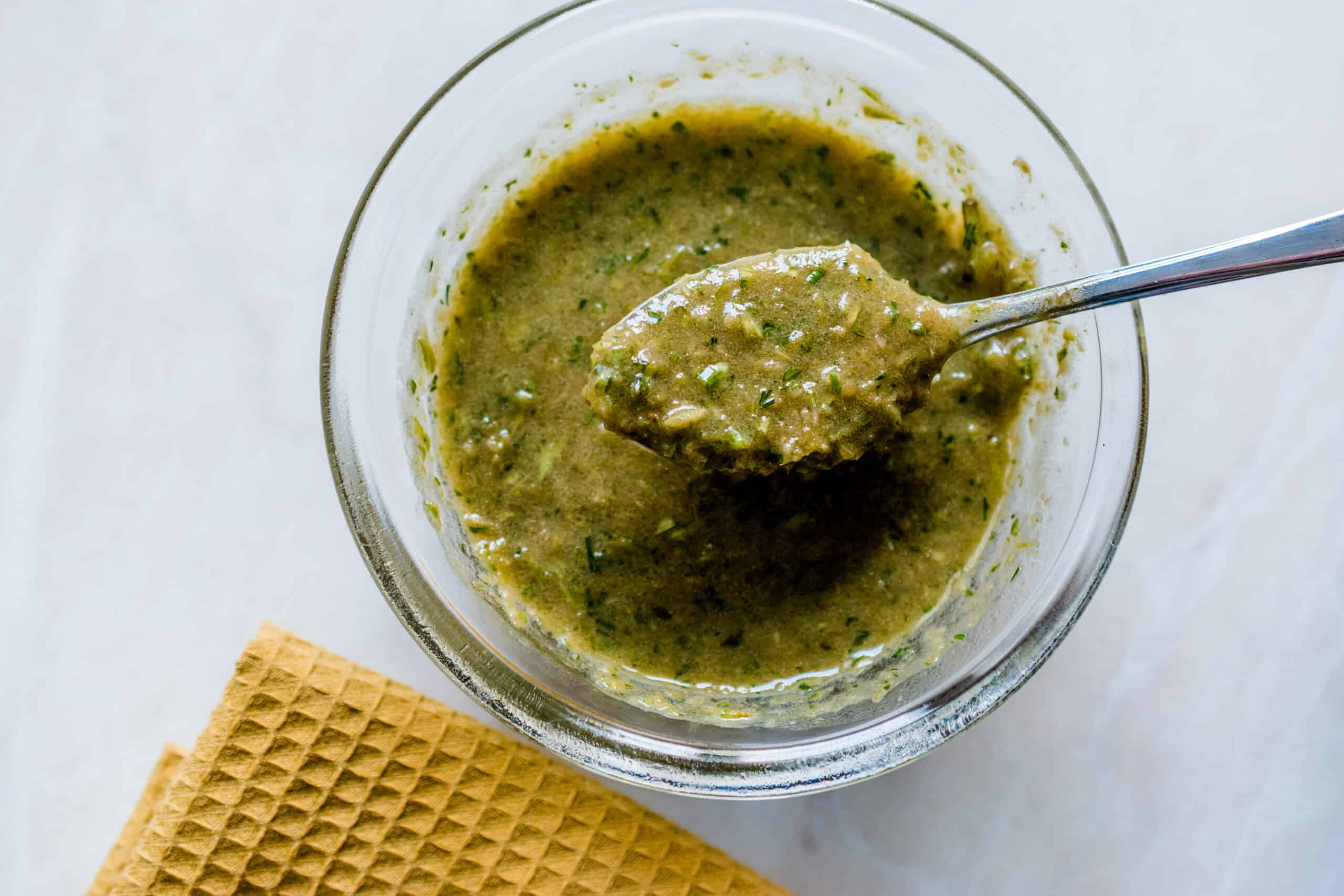
How to purée mustard greens
- Simmer the mustard greens as directed above.
- Drain or dry the greens as much as possible.
- Purée the greens in a food processor or chop them by hand, add 4 to 6 tablespoons of melted butter, 2 tablespoons of heavy cream, and a dash of nutmeg, then blend well.
How to boil mustard greens
Boil mustard greens covered in water that clings to leaves after rinsing. Quick boil until wilted (2 to 4 minutes for 1½ pounds of greens). Drain. Shorten the cooking time if the greens start to become too soft or mushy.
How to microwave mustard greens
Arrange the greens in a microwave-proof baking dish Cover and microwave on high (100%) for 5 to 7 minutes for 1 pound, stirring after 3 minutes. Let stand, covered, for 2 minutes.
Three tasty ways to serve mustard greens Southern-style
Here are three classic Southern-style recipes for serving mustard greens:
Southern-Style Mustard Greens with Ham Hocks
Ingredients:
- 2 pounds fresh mustard greens, cleaned and roughly chopped
- 1 large smoked ham hock (or 2 small ones)
- 1 small onion, finely chopped
- 2 cloves garlic, minced
- 4 cups chicken or vegetable broth (or water)
- 1 tablespoon apple cider vinegar
- 1 teaspoon sugar (optional, to balance bitterness)
- Salt and black pepper to taste
- Red pepper flakes (optional, for heat)
Instructions:
- Prepare the Ham Hock Broth: In a large pot or Dutch oven, place the smoked ham hock and cover with the chicken or vegetable broth (or water). Bring to a boil, then reduce the heat and simmer for 45 minutes to 1 hour, or until the ham hock is tender and the broth is infused with flavor.
- Add Aromatics: Add the chopped onion and minced garlic to the pot with the ham hock. Cook for another 5 minutes to let the flavors meld.
- Cook the Greens: Gradually add the mustard greens to the pot, stirring after each addition to allow them to wilt and fit into the pot. Once all the greens are in, add the apple cider vinegar and sugar if desired.
- Simmer: Cover and simmer the greens on low heat for about 30-45 minutes, stirring occasionally, until the greens are tender and have absorbed the flavors of the broth and ham hock.
- Season and Serve: Remove the ham hock and shred the meat off the bone. Return the shredded meat to the pot, discarding the bone. Season the greens with salt, black pepper, and red pepper flakes to taste. Stir well and serve hot, with cornbread on the side for a classic Southern touch.
This recipe brings out the rich, smoky flavors of the ham hock and balances the slight bitterness of mustard greens, creating a comforting and savory dish that’s perfect for any meal.
Southern-Style Mustard Greens with Bacon
Ingredients:
- 2 pounds fresh mustard greens, washed and roughly chopped
- 4 slices of thick-cut bacon, chopped
- 1 small onion, finely chopped
- 2 cloves garlic, minced
- 4 cups chicken or vegetable broth
- 1 tablespoon apple cider vinegar
- 1 teaspoon sugar (optional)
- Salt and black pepper to taste
- Red pepper flakes (optional for a bit of heat)
Instructions:
- In a large pot over medium heat, cook the chopped bacon until crisp. Remove and set aside, leaving the bacon drippings in the pot.
- Add the onion to the pot and sauté for 3-4 minutes until translucent. Stir in the garlic and cook for another minute.
- Add the mustard greens in batches, stirring to wilt them down. Pour in the chicken or vegetable broth.
- Stir in the apple cider vinegar, sugar (if using), and season with salt, black pepper, and red pepper flakes.
- Reduce the heat and let the greens simmer, uncovered, for about 30-45 minutes or until tender.
- Stir in the cooked bacon just before serving and adjust seasonings as needed.
Southern Mustard Greens with Smoked Turkey
Ingredients:
- 2 pounds fresh mustard greens, cleaned and chopped
- 1 smoked turkey leg or wings
- 1 small onion, chopped
- 2 cloves garlic, minced
- 4-5 cups water or chicken broth
- 1 tablespoon apple cider vinegar
- Salt and black pepper to taste
Instructions:
- In a large pot, place the smoked turkey and cover with water or broth. Bring to a boil, then reduce the heat and simmer for about 30 minutes to create a flavorful stock.
- Add the chopped onion and garlic to the pot, and continue to simmer for another 5 minutes.
- Add the mustard greens in batches, stirring after each addition until all the greens are wilted.
- Pour in the apple cider vinegar and season with salt and black pepper to taste.
- Cover and simmer for 45 minutes to 1 hour, or until the greens and turkey are tender.
- Remove the smoked turkey, shred the meat, and return it to the pot. Stir well and serve warm with cornbread on the side.
These recipes capture the essence of Southern comfort cooking, blending the slight bitterness of mustard greens with savory, smoky flavors.
More ways to prepare mustard greens
Sautéing: To sauté mustard greens, heat a tablespoon of olive oil or butter in a large skillet over medium heat. Add minced garlic or chopped onion and sauté for about 1–2 minutes until fragrant. Toss in the chopped mustard greens and cook for an additional 3–5 minutes until they wilt and soften; season with salt, pepper, and a splash of lemon juice to brighten the flavors.
Steaming: For steaming, fill a pot with about an inch of water and bring it to a boil. Place a steamer basket over the pot, adding the washed and chopped mustard greens, then cover and steam for about 3–5 minutes until they are tender but still vibrant green. Once done, remove from heat and season with salt, pepper, and a drizzle of olive oil or vinegar for a light and nutritious side dish.
Stir-frying: Heat a tablespoon of vegetable oil in a wok or large skillet over high heat. Add chopped garlic, ginger, or onion and stir-fry for about 30 seconds until fragrant. Add the mustard greens and any other vegetables or proteins you like, stirring continuously for 3–5 minutes until the greens are tender but still crisp; finish with soy sauce or teriyaki sauce for added flavor.
Soups and Stews: Mustard greens can be a great addition to soups and stews. After preparing your soup base, add chopped mustard greens in the last 5–10 minutes of cooking to maintain their texture and nutrients. They will wilt down, adding a peppery kick to your dish, and pair well with beans, lentils, or hearty meats.
Raw in Salads: For salads, choose young, tender mustard greens that are less bitter. Tear or chop the leaves and toss them with other greens, vegetables, nuts, and seeds, creating a crunchy texture and vibrant color. Dress with your favorite vinaigrette, and consider adding fruits like sliced apples or pears for a sweet contrast to the peppery greens.
Pickling: To pickle mustard greens, start by washing and chopping them into bite-sized pieces. Prepare a brine by simmering equal parts vinegar (like white or apple cider) and water with sugar and spices such as garlic, mustard seeds, or chili flakes. Pack the greens into sterilized jars, pour the hot brine over them, and seal; let them sit in the refrigerator for at least 24 hours to develop flavor, and enjoy them as a tangy addition to sandwiches or salads.
Blending into Smoothies: To add mustard greens to smoothies, use young, tender leaves for the best flavor and texture. Combine a handful of washed greens with your choice of fruits, such as bananas, berries, or mangoes, and a base like almond milk or yogurt in a blender. Blend until smooth, adjusting the sweetness with honey or agave if desired, to create a nutritious drink that’s packed with vitamins and minerals.
Cooking with Grains: Incorporate mustard greens into grain dishes by sautéing them with aromatics like garlic and onion before mixing them with cooked grains like quinoa or brown rice. Add cooked beans or legumes for protein, and season with herbs and spices to enhance the flavor. This makes for a hearty, nutritious meal that can be served warm or as a cold grain salad, perfect for meal prepping or a quick dinner option.
Mustard greens flavor partners
- Mustard green have a flavor affinity for aged grating cheese, bacon, corn, cornbread, curry, garlic, ham, hot sauce, lemon, onion, salt pork, smoked turkey, and vinegar.
- Season mustard greens with salt, pepper, onion, garlic, basil, dill, mace, nutmeg, allspice, mustard, parsley, sage, rosemary, or thyme.
Mustard greens nutrition
- Mustard greens are an excellent source of vitamins A and C, potassium, thiamine, and riboflavin.
- One cup (140 grams) of cooked mustard greens contains 21 calories.
The botanical name of curled mustard greens is Brassica juncea.
The botanical name of komatsuma is Brassica campestris.
Mustard Growing Hub
Start here: The Ultimate Mustard Growing Guide: From Seed to Harvest
Varieties & Types
- Best Mustard Green Varieties to Grow in Your Garden
- Plain Leaf vs. Curled Leaf Mustard Greens: What’s the Difference?
- Oriental Mustard Cabbage Explained: Green Stalk vs. White Stalk Varieties
- Flavor Profiles of Different Mustard Green Varieties
Planting & Growing
- When to Plant Mustard Greens by USDA Zone
- Mustard Greens Planting Calendar (Month-by-Month Guide)
- The Best Places to Plant Mustard Greens for Healthy Growth
- Proper Spacing for Mustard Greens: Garden and Container Tips
- Mustard Greens Companion Plants for Pest Control and Better Yields
- How to Grow Mustard Greens in Containers Step by Step
Care & Maintenance
- How to Water Mustard Greens for Tender Leaves
- Feeding Mustard Greens: Fertilizer Tips for Fast Growth
- Common Mustard Green Pests and Diseases and How to Control Them Naturally
- Easy Mustard Greens Care Guide for Beginners
Harvest & Serving
- When and How to Harvest Mustard Greens for the Best Flavor
- Delicious Ways to Cook and Serve Mustard Greens
Mustard articles at Harvest to Table:
How to Plant, Grow, and Harvest Mustard Greens
Six Ways to Cook and Serve Mustard Greens
Articles of interest:
Best Herbs for Container Growing
Garden Planning Books at Amazon:
- Vegetable Garden Almanac & Planner
- Kitchen Garden Grower’s Guide Vegetable Encyclopedia
- Vegetable Garden Grower’s Guide
- Tomato Grower’s Answer Book
More kitchen tips:
Bring your harvest to the table. Kitchen prep tips and easy recipes for the vegetables you grow. Click below for vegetable prep and recipes you can use now.
- Almonds
- Apples
- Apricot
- Aprium
- Artichoke
- Arugula
- Asparagus
- Avocado
- Bamboo Shoots
- Banana
- Basil
- Beans, Dried
- Beans. Long
- Beans, Shell
- Beans, Snap
- Beets
- Bitter Melon
- Blackberry
- Bok Choy
- Broccoli
- Broccoli Raab
- Brussels Sprouts
- Cabbage
- Cardoon
- Carrots
- Cauliflower
- Celeriac
- Celery
- Chard
- Chayote Squash
- Cherimoya
- Cherries
- Chestnut
- Chickpea
- Chinese Cabbage
- Chives
- Cilantro
- Citron
- Clementine
- Collards
- Coriander
- Corn, Sweet
- Corn, Baby
- Corn Salad, Mache
- Cranberry
- Cress
- Cucumber
- Daikon
- Dandelion
- Dill
- Eggplant
- Endive, Belgian
- Endive and Escarole
- Fava Beans
- Fig
- Florence Fennel
- Garlic
- Ginger
- Grapefruit
- Grapes
- Guava
- Horseradish
- Jerusalem Artichoke
- Jicama
- Jujube
- Kale
- Kiwifruit
- Kohlrabi
- Kumquat
- Leeks
- Lemongrass
- Lemons
- Lettuce
- Lime
- Mache (Corn Salad)
- Mandarin Orange
- Mango
- Maple Syrup
- Marjoram
- Melons
- Michihili
- Mint
- Mizuna
- Mushrooms
- Mushrooms, Cremini
- Mustard Greens
- Napa Cabbage
- Nectarine
- Okra
- Olives
- Olive oil
- Onions
- Oranges
- Oregano
- Parsley
- Parsley Root
- Parsnips
- Passion Fruit
- Pawpaw
- Peaches
- Pears
- Peas, Garden Snap
- Peas, Snow
- Pei Tsai
- Peppers, Chili
- Peppers, Sweet
- Persimmon
- Pineapple
- Pineapple Guava
- Plantain
- Plums
- Pluots
- Pomegranate
- Potatoes
- Prickly Pear
- Pumpkin
- Quince
- Radicchio
- Radishes
- Raspberries
- Rosemary
- Rhubarb
- Rutabaga
- Sage
- Salsify
- Sauerkraut
- Savory
- Shallots
- Sorrel
- Spinach
- Squash, Summer
- Squash, Winter
- Strawberries
- Sunchokes
- Sunflower
- Sweet Potato
- Swiss Chard
- Tangerine
- Taro
- Tarragon
- Thyme
- Tomatillo
- Tomato
- Turnip
- Turnip Greens
- Yams

